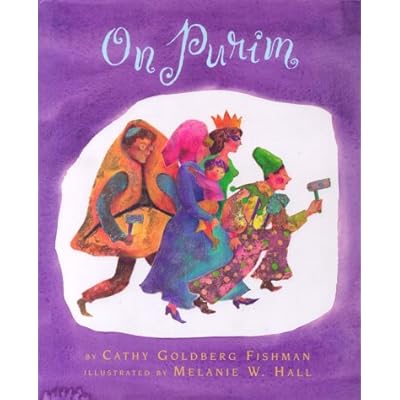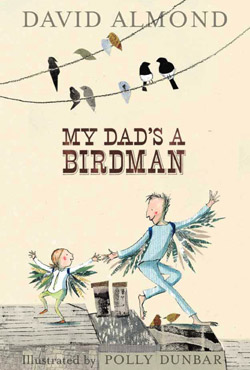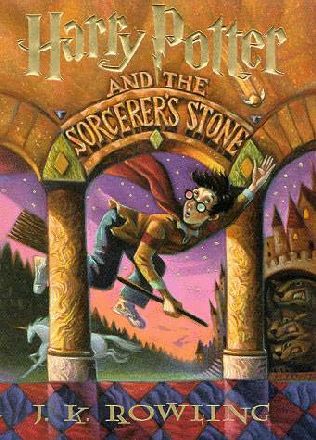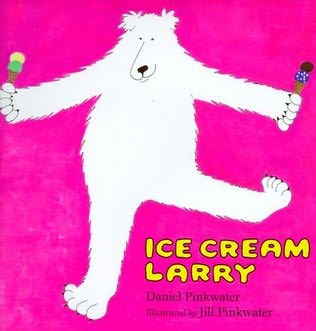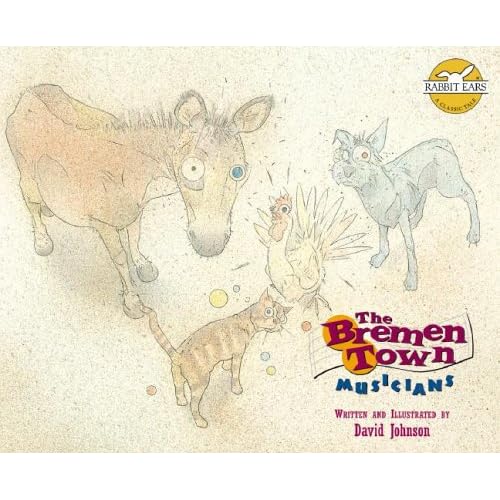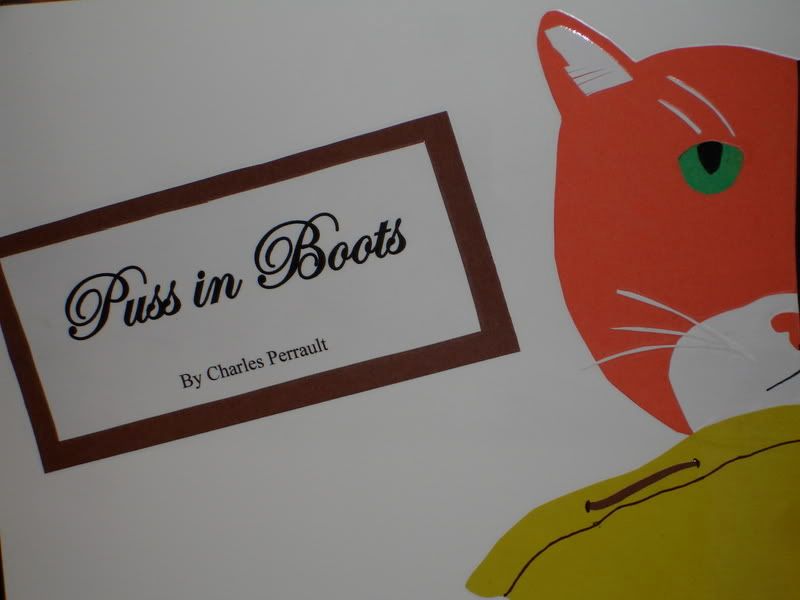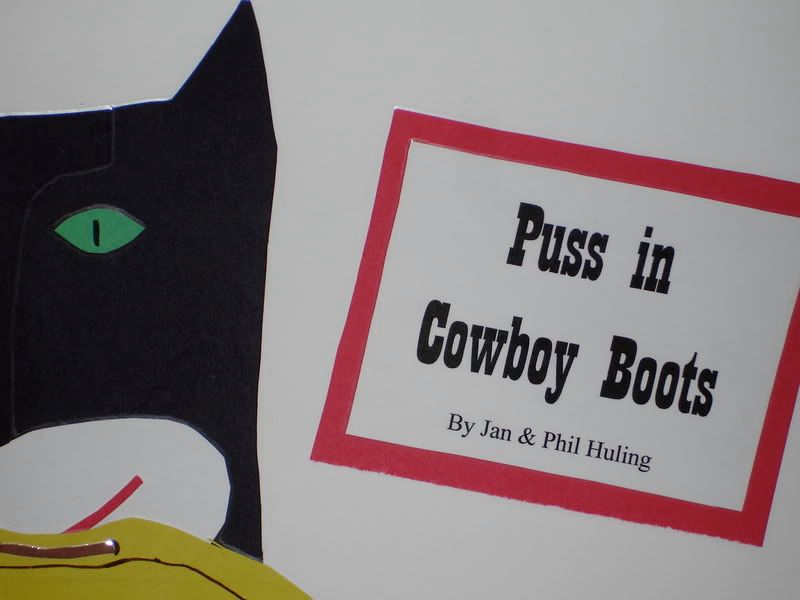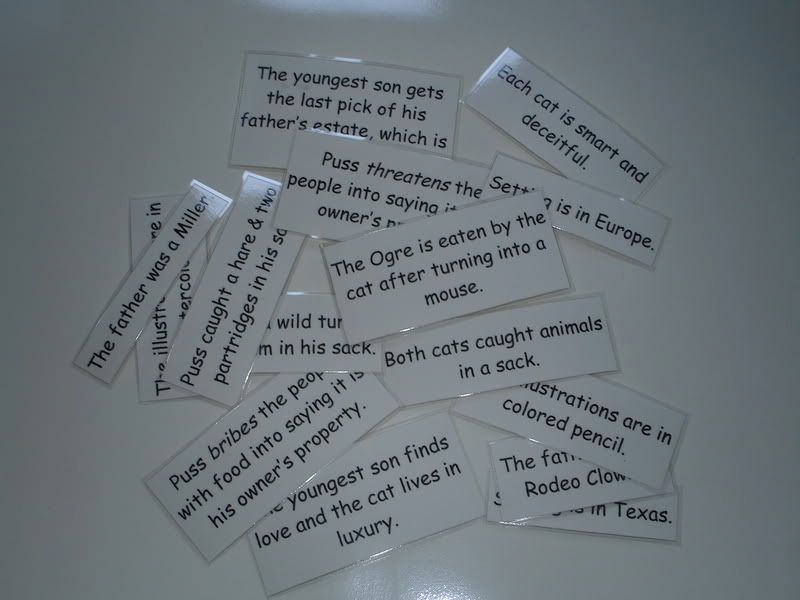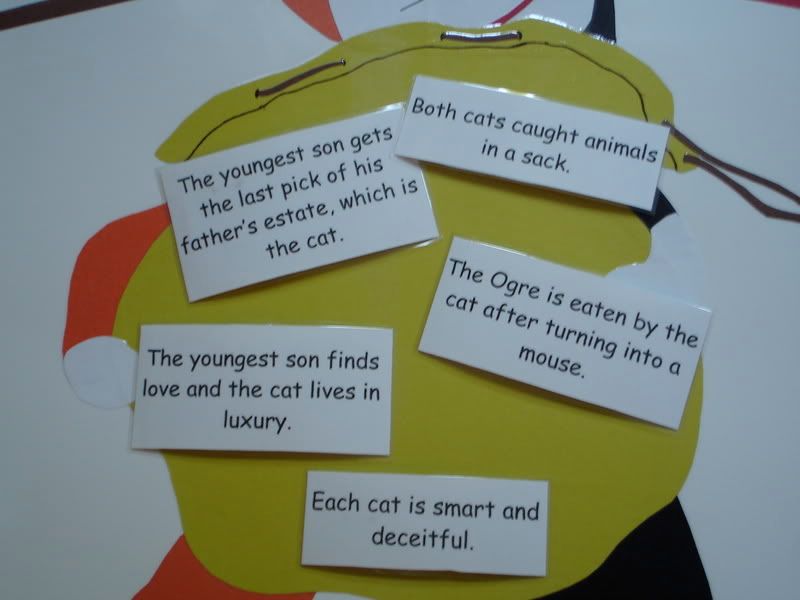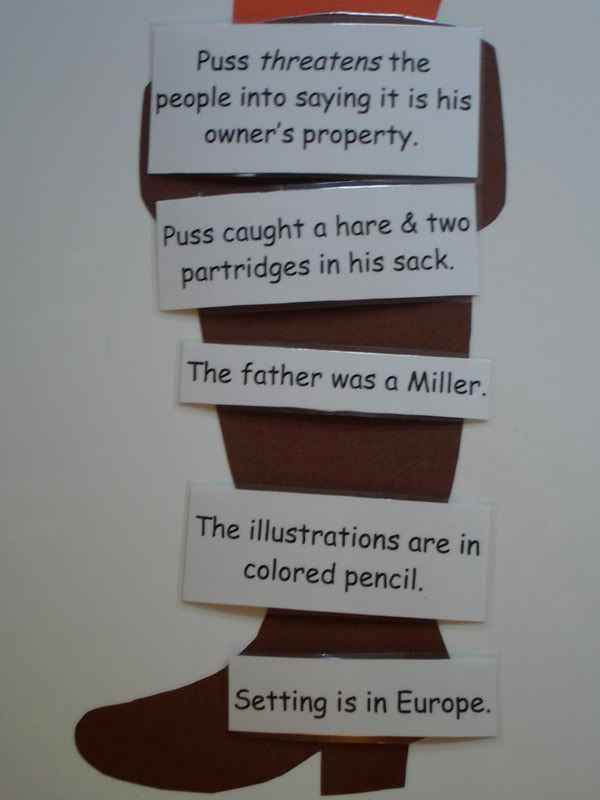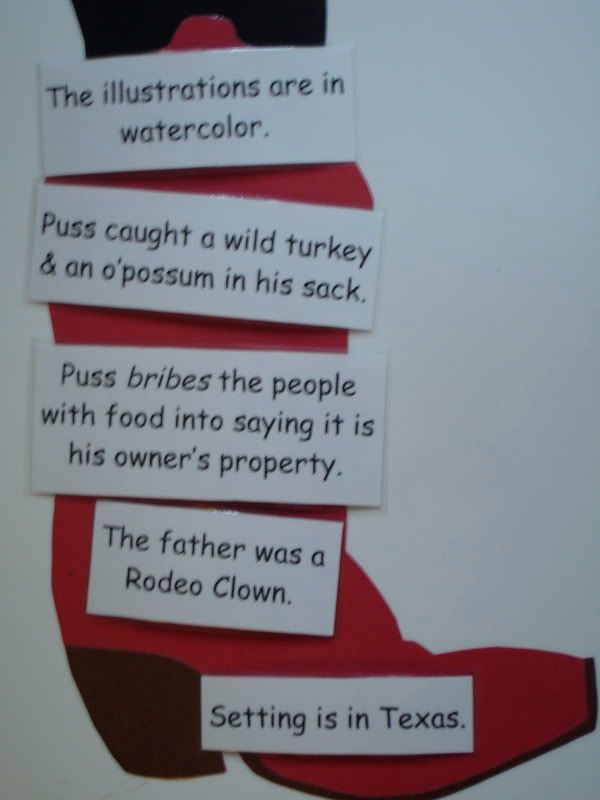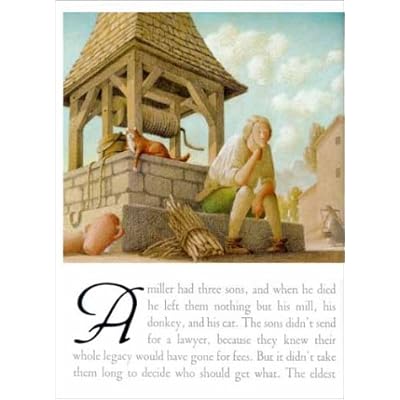
Competency Goal 7
The learner will assess connections between historical events and contemporary issues.
Objectives
7.01 Identify historical events such as invasions, conquests, and migrations and evaluate their relationship to current issues.
7.02 Examine the causes of key historical events in selected areas of South America and Europe and analyze the short- and long-range effects on political, economic, and social institutions.

Polacco, Patricia. The Butterfly. Illustrated by Patricia Polacco. Philomel Books, 2000.
Genre: Historical Fiction, Multicultural, Picture Book
Annotation: This book is during the Nazi occupation of France. Monique is a young girl whose mother hides a Jewish family in an effort to help them escape to freedom. Monique meets the family’s younger daughter and befriends her.
Excerpts:
“Then they heard loud yelling and glass breaking. They both wheeled and looked. To their horror they saw Monsieur Marks being dragged from his shop by the Nazi soldiers.” (p. 7)
“Servine motioned Monique to follow her. They both tiptoed down the stairs and crpt into the day room. There Monique saw the rug pulled back and what looked like a door in the floor.” (p. 13)
Distinctive Features: The illustrations look to be done in watercolor and pencil and are both single and double page spreads. They do a wonderful job of representing the mood of the characters throughout the story through color schemes and facial expression. This book also includes an author’s note at the end of the book giving more information about the French underground and resistance. It also states that the young girl in the book, Monique, is actually Polacco’s aunt. Polacco writes from her own experiences which gives the book a personal touch and makes it more real to the reader. This would be a wonderful book to start a lesson on the Holocaust with. It is written in third person and is on a second to third grade reading level.

Volavková, Hana. I Never Saw Another Butterfly. Schocken Books, Inc., 1993.
Genre: Poetry, Multicultural
Annotation: This book is complied of poems, drawings, and diary entries from children who lived at the Terezin concentration camp in Prague from 1942-1944.
Excerpts:
“Last night I had a beautiful dream. I dreamed that I was at home, I saw quite clearly our flat and street. Now I am disappointed and out of sorts, because I awoke in the bunk instead of my own bed.” (p. 22)
“You shiny new doorknobs,
you pretty painted walls in the bright ward,
can you make up for the stench of excrement?
Can you appease the hunger
of those who are ashamed of their underwear,
and brought here to die,
day by day?” (p. 32)
Distinctive Features: This book begins with a note from the U.S. Holocaust Memorial Museum along with an informational foreword about Terezin and the Holocaust. It also includes an epilogue and afterword with further information. The poems and illustrations are works from the actual children who stayed at Terezin during the Holocaust. Poetry and drawing was used as therapy to help them cope with their situation. Some illustrations are done in watercolor while others are colored pencil. They used any type of paper they could get a hold of. This book would be good to introduce to students to the Holocaust. It is ideal to use in the sixth grade curriculum.

Leitner, Isabella. The Big Lie: A True Story. Illustrated by Judy Pedersen. Scholastic, Inc., 1992.
Genre: Historical Fiction, Novel, Multicultural, Biography
Annotation: The author, a Jewish girl from Hungary, describes her personal experiences with the Holocaust during World War II. She survived the Nazi death camp in Auschwitz, Germany.
Excerpts:
“When the cattle car doors were opened, more Nazis with guns and dogs waited for us. Strange-looking men shouted us out of the train. All personal belongings were left behind. My beautiful camel’s hair coat, which I had guarded so carefully, was left on the cattle car floor.” (p. 41)
“Quickly, Chicha left the column and ran toward what looked like a deserted house off the road. Regina followed Chicha, and I followed Regina. None of us looked back. We all though Cipi was behind us.” (pg.60)
Distinctive Features: This book is set in Kisvarda, Hungary and is the author’s personal account of the events of the Holocaust during World War II, including her experience in the Auschwitz death camp. The illustrations in the text are done in charcoal, giving them more of a gloomy look. This matches the mood of the story, which is written in first person from the perspective of the author, Isabella Leitner. An afterward is included at the end of this book giving more information about the Holocaust. This book would be good for students to read when discussing the events of the Holocaust. It is written on a second grade reading level.

Vander Zee, Ruth. Erika’s Story. Illustrated by Roberto Innocenti. Creative Editions, 2003.
Genre: Historical Fiction, Multicultural, Biography, Picture Book
Annotation: This book takes place during World War II. It is the account of one woman who was thrown from a train that was headed to a Nazi death camp and raised by someone who risked their life to save her.
Excerpts:
“While she wrapped me tightly in a warm blanket, did she whisper my name? Did she cover my face with kisses and tell me that she loved me? Did she cry? Did she pray?” (p. 7)
“She threw me from the train onto a little patch of grass just past a railway crossing. People standing there, waiting for the train to pass, saw me hurled from that cattle car. On her way to death, my mother threw me to life” (p.11)
Distinctive Features: This is a true account of one woman’s account with the Holocaust. The book begins with the author’s note, which explains how she came to know the woman in her story. The illustrations are very unique in that they are black and white throughout the book when the woman’s experiences with the Holocaust are being discussed. There is one item in each illustration, however, that is in color. It is the Star of David, and when the girl is thrown from the train it is her pink blanket, which she is wrapped in. The last illustration is in color, which I believe to symbolize her freedom. This story is written in first person from the point of view of the woman who was thrown from the train as a baby by her mother. It is written on a second to third grade reading level.

Hesse, Karen. The Cats in Krasinski Square. Illustrated by Wendy Watson. Scholastic Press, 2004.
Genre: Historical Fiction, Multicultural, Picture Book
Annotation: A young girl and her Jewish family have escaped the Ghetto in Warsaw, Poland and live as Polish. They sneak food through openings in the wall of the Ghetto at Krasinski Square where many cats live. They use the cats to distract the Gestapo’s dogs at the train station from finding the Jews smuggling food into the Ghetto.
Excerpts:
“The cats come from the cracks in the Wall, the dark corners, the openings in the rubble. And I know what I must do.”(p.15)
“The station explodes into chaos as frenzied dogs turn their wild hunger on the cats, who flee in every direction, slipping through cracks, into dark corners, between openings.” (p. 23)
Distinctive Features: The illustrations were done using pencil, ink, and watercolor on Strathmore drawing paper. They also include both single and double page spreads. The end of the book includes an author’s note as well as a historical note giving more information about Warsaw, Poland and the ghetto that was located there. This book is written in first person from the perspective of a young girl who escaped the Ghetto in Warsaw and now lives acting as a Polish person. This is a good picture book to use with students when talking about the Holocaust. It is written on a second grade reading level.

Russo, Marisabina. Always Remember Me: How One Family Survived World War II. Illustrated by Marisabina Russo. Anthem Books for Young Readers, 2005.
Genre: Historical Fiction, Multicultural, Picture Book
Annotation: In this book, a grandmother describes her ‘two lives’ to her young granddaughter with the use of two photo albums. The first album depicts her life before she came to America, during the Holocaust. The second depicts her life in America back together with her family.
Excerpts:
“Before we left, my grandmother gave me a necklace with a gold heart. ‘When you wear this, always remember me,’ she said, ‘and may luck follow you wherever you go.’” (p. 5)
“Oma stops talking. She looks at me with faraway eyes, and for a moment I think she has made a mistake. This can’t be a story about being lucky. I now that a concentration camp was a place where Jewish people were hurt and often killed.” (p. 28)
Distinctive Features: This book is a true story of one family’s history, which deals greatly with the events of the Holocaust. The illustrations in this book are done in gouache and wonderfully depict the moods of this story. The color schemes go along with each part of the story; they are darker and gloomier when talking about the events of the Holocaust that the family endured. This book also includes an afterword, giving more information about the rise of Hitler and the Holocaust. It is told in first person from the point of view of the young granddaughter, who is also the author, Marisabina Russo.




